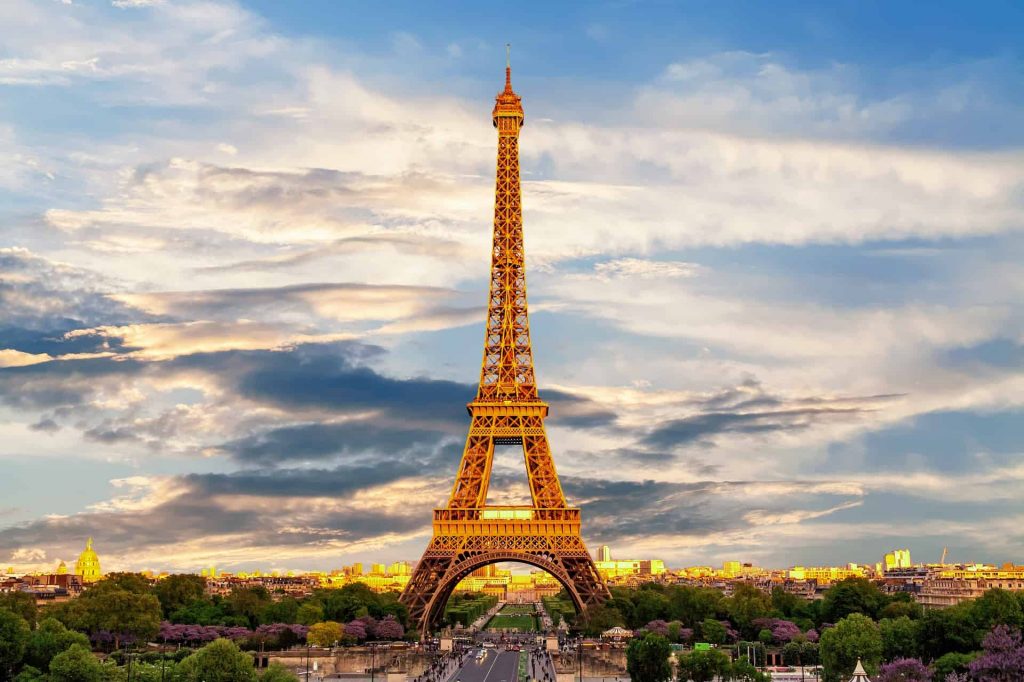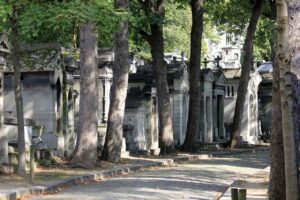Last year I wrote a story about why I love the 19th arrondissement. Based on the response I received, people seemed to really enjoy reading about why I love living there. But I did get a question that caught me by surprise: What is an arrondissement? I was surprised because arrondissements are a very important part of Paris, whether you’re living here or just visiting. So much so, that I would have thought I had already written about them years ago. However, a quick check of my archives revealed that no, I have not. Well that ends today.
The Arrondissements of Paris
The word arrondissement translates to district or municipality, and therefore the arrondissements of Paris refers to the districts of the city. There are 20 altogether, each with their own city hall and mayor, with the exception of the first through fourth. In 2020, these four arrondissements officially merged to become a new administrative district called City Centre, with just one city hall and mayor now presiding over all four. However, this did not affect the numbering system, so there are still technically 20 arrondissements in Paris.
A Product of the Revolution
The first arrondissements of Paris were created in 1795 during the first French Revolution. It was a reform measure, meant to strengthen the city both economically and administratively. The arrondissements were arranged west to east across Paris, with numbers 1-9 located on the Right Bank and 10-12 on the Left Bank.
This arrangement lasted until 1860 and the start of the great Haussmannian renovation of Paris. Many outer suburbs were incorporated into the city at this time, expanding the boundaries of Paris, and bringing the total number of arrondissements to the current 20. Today, most street signs include the arrondissement number along the top, meaning you can easily orient yourself within the city simply by finding one of these signs. And quick tip. The last two numbers of all Parisian postal codes indicate the arrondissement of the address. Looking for a hotel with the postal code 75004? Head to the 4th arrondissement.
The Great Spiral of Paris
One of the most intriguing features of the arrondissements is their layout. The 20 districts of Paris begin in the centre of the city with the 1st arrondissement. They then move in a clockwise spiral towards the outer edges of the city. This can be confusing at times, as districts of non-consecutive numbers can often border each other. However, as much as I’d like to chalk this up to the many eccentricities of French bureaucracy, there’s actually a fun story behind this pattern.
Prior to 1860, unmarried couples who lived together were said to have gotten married in the 13th arrondissement. It was a colloquial joke about the then non-existent district, which soon came to be associated with living in sin. This meant that residents of the west side of the city were none too pleased when Hausmann’s initial proposal to redesign the city put them in the newly created 13th arrondissement. They objected, and in response, the spiral pattern was implemented, placing them in the 16th arrondissement instead. The 13th, on the other hand, was sent all the way over to the east side of the city.
Exploring the Arrondissements of Paris
Because my story on the 19th was so popular, I’ve decided that this year, Story of a City is going to be taking a tour through Paris using the arrondissements. Throughout the year, I will focus on each arrondissement individually, highlighting its history, popular sights, and hidden gems. This tour will start next week with the 1st arrondissement, so be sure to come back next Tuesday to find out why this district of Paris earned itself the prestigious title of number one.
See you next week!
Laura Moore is a professional storyteller who loves history and the many stories that make Paris one of the most fascinating cities in the world. Join one of her signature tours to learn the story of a city.




